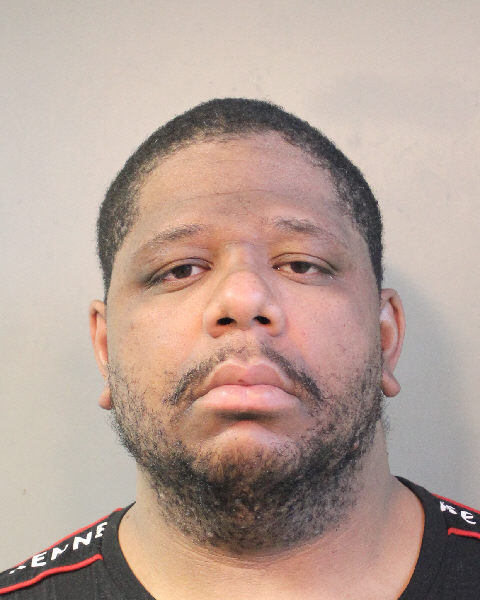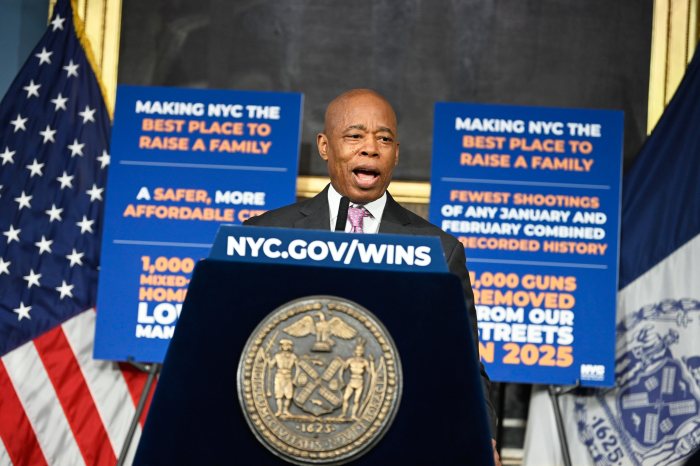For Lynn Hunter* the suicidal thoughts began in 9th grade when she started as a new student at Commack High School.
She was bullied the first day after mistaking a classmate she didn’t know for someone else.
“It was a silly mistake, but the girl and her friends laughed at me,” Hunter tells the Press. “I saw them later in gym class and I could hear them talking about it again.”
The harassment snowballed from there.
When Hunter logged on to her Facebook account later that day she saw the girls had left her a nasty message through an anonymous messaging application called Honesty Box.
“They told me to go back to my old school,” she says.
Another student hung up a picture of an ugly-looking man with her name scrawled beneath it in class. Hunter asked the teacher to take it down, but he wouldn’t. Only when her parents got involved was the sign removed, she says.
The 15-year-old, who says she used to make friends easily, didn’t want to return to Commack High. Her apathy toward tests and schoolwork worsened. Her grades started to slip.
“Going to school was the worst thing for me,” she says. “I began to feel very lonely.”
Hunter began counseling and medication for depression later that year, but the suicidal thoughts crowding her mind did not stop. She threatened to kill herself, even going so far as to stay outside in the biting cold of winter in a failed attempt to freeze to death.
“I wanted to disappear,” she says.
Hunter is but one of more than 5 million 10- to 24-year-olds who attempt suicide each year, according to the latest statistics from the U.S. Centers for Disease Control and Prevention (CDC). Suicide is the third-leading cause of death among that age group and accounts for 13 percent of all its deaths, according to the agency. The new figures, released in June, reveal a disturbing trend: The number of attempted suicides among teenagers has been increasing, from 6.3 percent in 2009 to 7.8 percent last year.
The demographic also experienced substantial spikes in those having suicidal thoughts and those who’d actually made a suicide plan during that time, up about 2 percent for each category, says the agency.
Suicide is not only on the rise nationally, it’s also growing statewide and on Long Island. The most recent data from the New York State Health Department indicates that instances of suicide among teenagers aged 15 to 19 on Long Island in 2010 were more than double each of the previous three years.
And although the state health department’s 2011 suicide figures aren’t available yet, a spokesman for the agency tells the Press five teens took their own lives last year in Nassau and 11 in Suffolk—up from two and five, respectively, just a year earlier.
As alarming as the numbers are, suicide prevention specialists believe the true figures are actually higher and that suicide is the No. 1 killer of teens, since not every self-inflicted act has a suicide note and families often try to keep such a tragedy’s truth within the family.
While teens are confronted with the age-old challenges of peer and academic pressures, family tension and depression, suicide prevention specialists and other experts interviewed for this story say the Internet—with its myriad social networking sites and global, real-time audience—plays a lethal role in the disturbing trend. Instead of the taunting or bullying that historically took place in the schoolyard or hallways, teens are now victim to cyberbullying—vicious attacks plastered across the Web to a much wider audience with the possibility of the bullies’ complete anonymity.
New legislation signed into law last month by Gov. Andrew Cuomo, called the Dignity for All Students Act, seeks to crack-down on cyberbullying and other forms of student torment by holding school officials more accountable.
With the new school year set to begin next month at Long Island’s 124 school districts, suicide prevention specialists from both counties are getting ready for yet another academic year of educating and spreading awareness.
Along with parents and students, they tell the Press much more can be done to combat and better equip students to handle suicide and its many causes.
They know it’s not going to be easy.
“One of the most important issues is to reduce the stigma, so everyone feels comfortable and so a kid will feel comfortable talking to an adult about it,” says Theresa Buhse, associate director of the Long Island Crisis Center.
“Suicide is here and has probably been here since the dawn of time, and if we don’t educate people and talk about it and reduce the stigma around it, people won’t seek treatment,” adds Dale Camhi, the Long Island regional director of the American Foundation of Suicide Prevention (AFSP).
































